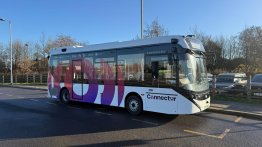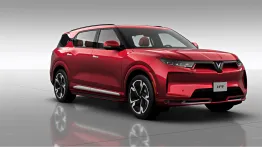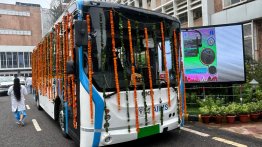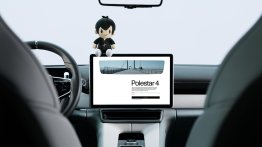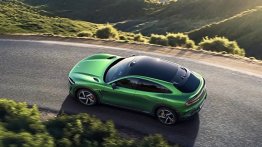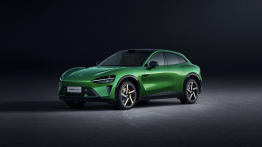The Society of Manufacturers of Electric Vehicle (SMEV) suggests that most of the electric two-wheeler manufacturers are learning new ways to survive in the Indian market without the government support through FAME-II subsidy. SMEV also adds that the subsidy has not met its objective.
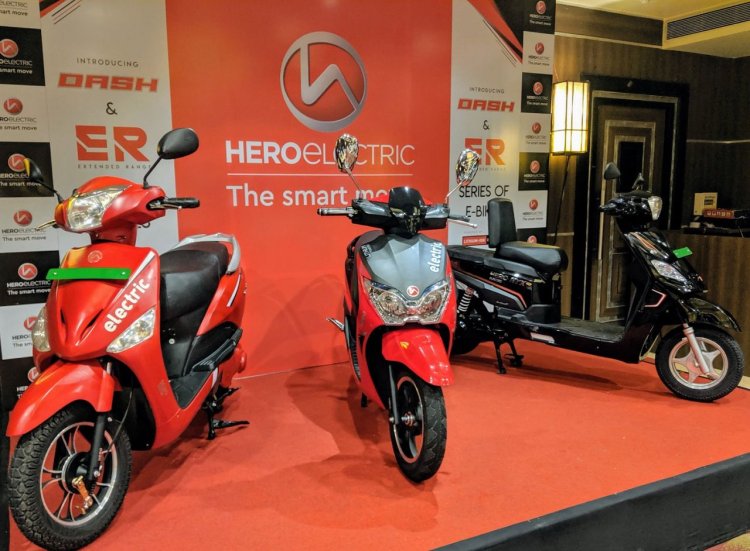
Also Read: Performance-oriented Ather 450X electric scooter announced, to be launched soon
The FAME-II scheme was introduced in 2019, and it aims to provide a subsidy to make electric two-wheelers more affordable. However, the criteria to comply with the guidelines is way too strict and very few manufacturers have managed to benefit from the scheme. In fact, as of August 2019, only five electric two-wheeler manufacturers – Ather Energy, Ampere, Okinawa, Jitendra Electric Vehicles, and Hero Electric – were receiving benefits under the FAME-II scheme.
SMEV further added that electric two-wheeler manufacturers are finding ways to keep afloat by introducing low to mid-speed vehicles.
Speaking to Press Trust of India (PTI), Sohinder Gill, Director General, SMEV, said:
Industry got a big shock when FAME II started. People are now learning to survive without government assistance to some extent at least. The result of this is that subsidised vehicle sales have dropped drastically but industry sales has not dropped… If it was only customer-incentivised vehicles (under FAME II), the industry would have totally collapsed.
The source report adds that only 3,000 electric two-wheelers qualified for the FAME-II subsidies in April-December 2019 as against 48,671 vehicles in the year before (under FAME-I).
Naveen Munjal, Managing Director, Hero Electric also shared similar views about the FAME-II scheme. Munjal said:
Market should have shifted towards higher speed and greater performance, which has not happened… In the current avatar of FAME II, you will find volumes (for incentivised electric two-wheelers) very very low.
Sohinder Gill added that the government needs to rework the FAME-II scheme’s eligibility criteria about the range. He also said that the localization levels should also be relaxed. Gill said:
Internal combustion engine vehicles, even after 40-50 years have not reached 75-80 per cent localisation. So in electric mobility they expect that 75 per cent must be localised from March 1, 2020.

Also Read: Bajaj Chetak electric to be sold in only India initially, no plans for export
In other updates, more brands are developing their respective electric two-wheelers (scooters and motorcycles) and we expect to see a long list of products at the Auto Expo 2020. eMotion Motors, for example, recently confirmed that they plan to unveil their Surge electric motorcycle at the biennial motoring event in the National Capital Region.
[Source: PTInews.com]















